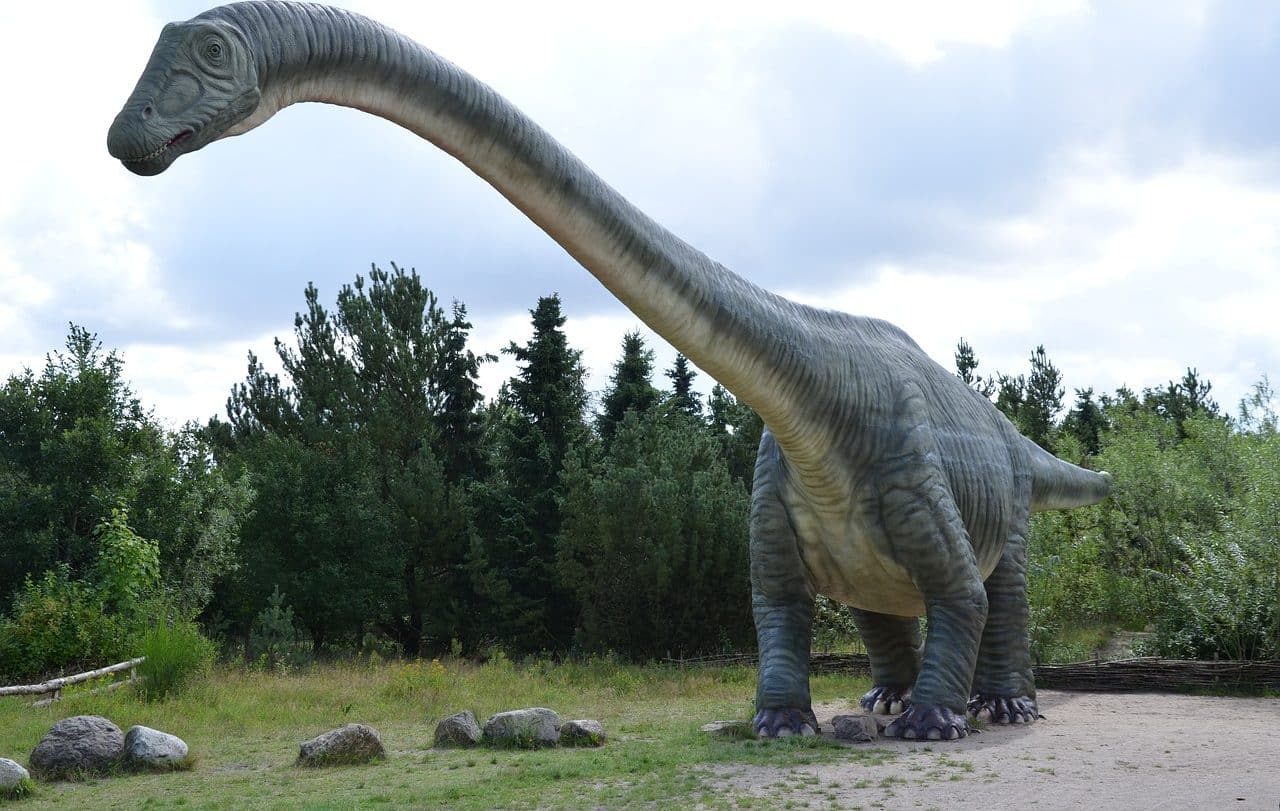
During the Cretaceous-Paleogene mass extinction, many families of dinosaurs disappeared.
Species extinction is a problem characterized by the disappearance of the entire population of a specific species or a set of taxa. There are many causes of this situation that threatens the balance of nature , including climate change , poaching , the introduction of invasive species and the destruction of habitats .
The loss of biodiversity associated with the disappearance of species is, to a large extent, a consequence of inadequate, ambitious or harmful actions on the part of human beings who overexploit natural resources.
According to experts in ecology and biology , extinction is declared when the last specimen of a species dies. Of course, it is not always easy to determine this circumstance, especially if the distribution area is of considerable size. It may even happen that a variety is indicated as extinct that, after a period of supposed absence, is once again seen in its natural environment.
Factors that lead to the extinction of species
As mentioned at the beginning of this article, there are many causes that threaten the survival of certain organisms. It is possible to distinguish, in this context, natural factors and anthropogenic factors .
Thus, sometimes it is natural disasters that lead to the loss of a species and, in other scenarios, it is the illegal wildlife trade that triggers such a tragedy.
Pollution , deforestation and ocean acidification must be added to the aforementioned triggers, to add other data.
Conservation strategies and measures
As there are threatened, vulnerable and endangered species throughout the planet, it is essential that conservation strategies and measures are designed and implemented in each country.
In terms of in situ conservation , that is, efforts to protect plants or animals in their natural habitat , protected areas , nature reserves and national parks acquire prominence and relevance.

Deforestation is one of the causes of habitat loss for a wide variety of plants and animals, leaving consequences that reach the extinction of species.
Action is also usually taken for ex situ conservation . In this area, you can appeal to germplasm or seed banks or to flora and fauna spaces , a group that includes zoos or ecoparks , wildlife refuges , nurseries , botanical gardens , rescue centers , etc.
Nor can the existence of captive breeding and reproduction programs , conservation policies , environmental legislation or ecological restoration actions be overlooked. Projects and campaigns for the recovery of species and the rehabilitation of fauna are necessary and very useful.
Thanks to scientific research and the advancement of technology, today there are instruments, tactics and tools to develop species extinction prediction models and specimen monitoring systems , to indicate two possibilities.
Types of species extinction
Although in all cases the goal is to mark the disappearance of a population, the phenomenon of species extinction can be segmented into multiple categories.
It is possible to recognize, occasionally, cases of pseudoextinction (related to the so-called phyletic extinction but also with situations of certain confusion regarding the declaration of an apparent extinction) and terminal extinction . The varieties of mass extinction and background extinction belong to this last group.
Decades ago, the International Union for Conservation of Nature (IUCN) launched the Red List of Threatened Species . Red lists have emerged from this general list at regional and national levels. Unfortunately, according to records, today there are more than 45 thousand species that are at risk of extinction . Depending on the level of danger or the situation that each population faces or goes through, it is placed in one of the following groups: Extinct , Extinct in the Wild , Critically Endangered , Endangered , Vulnerable , Near Threatened , Least Concern or Data Deficient .
By tracing cases that account for a classic extinction declared a long time ago, a bird that became known as the dodo gains notoriety and ceased to inhabit the Earth as a result of a combination of harmful acts on the part of humanity (the introduction of invasive species , hunting and habitat destruction ).

Today, rhinos are scarce. And there are three varieties of them that are in critical danger of extinction.
When analyzing the section on endangered species , on the other hand, the delicate reality of the Bornean elephant comes to light, with fewer and fewer exponents. Joint efforts that have been going on for a long time (and that have not come to an end), meanwhile, are giving excellent results for the Iberian lynx , an animal that is no longer classified as “in danger of extinction” and today appears in a state of "vulnerable" . Different, and worrying, is the outlook for the Mexican axolotl , an amphibian that, for multiple reasons, has been placed by members of the IUCN in the range of “critically endangered” since, according to calculations, the population of specimens Adult axolotls in the wild do not reach one hundred members.
